The Battle of Clontarf, fought on April 23, 1014, was a pivotal moment in Irish history.
It pitted the forces of Brian Boru, the High King of Ireland, against a coalition of Norse-Gaelic and Viking armies.

The battle was fought near Clontarf, just north of Dublin, and resulted in a decisive victory for the Irish forces.
The battle shattered Viking power in Ireland and marked the end of an era of Viking domination that had lasted for over two centuries. The Vikings had first arrived in Ireland in the late 8th century and had established a number of settlements on the coast.
They quickly became known for their raiding and pillaging, and their attacks on Irish monasteries and towns were a constant threat to the Irish people.
The Battle of Clontarf was a turning point in Irish history, and its impact can still be felt today. It marked the end of Viking power in Ireland and paved the way for the emergence of a unified Irish state.
The battle is remembered as one of the most significant events in Irish history and is celebrated every year on the anniversary of the battle.
Historical Context
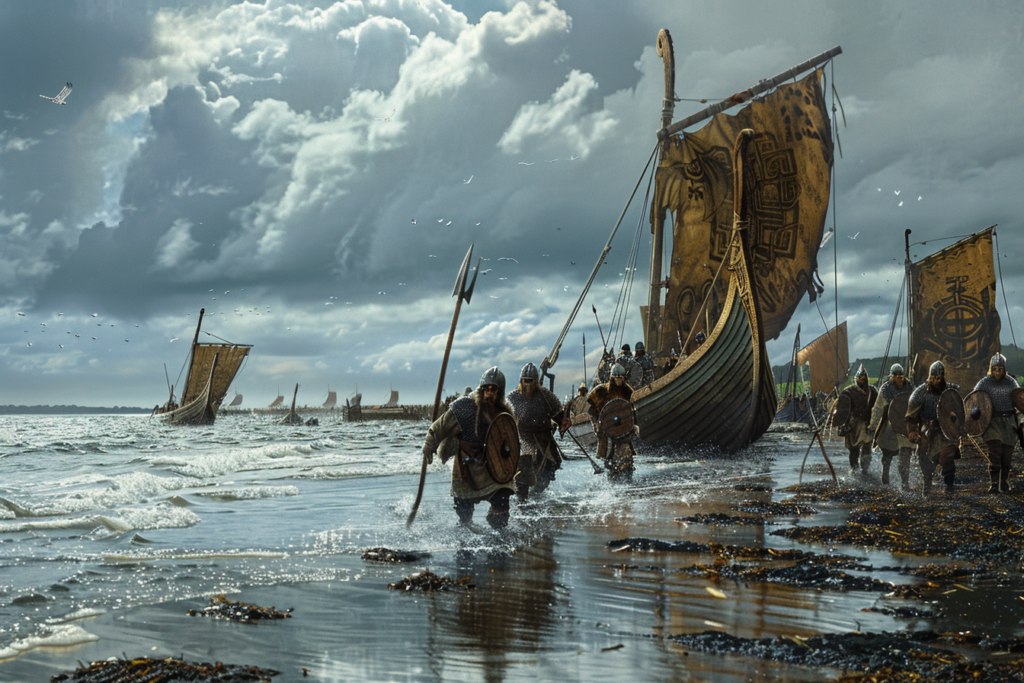
Rise of Brian Boru
In the late 10th century, Brian Boru, a member of the Uí Néill dynasties, rose to power in Munster and became the High King of Ireland in 1002. He was a strong and charismatic leader who was able to unite the Irish clans and create a powerful army. Brian Boru’s rise to power was significant as it marked the beginning of a new era in Irish politics.
Viking Settlements in Ireland
During the 9th and 10th centuries, Vikings settled in Ireland and established their own kingdoms. The most significant of these was Dublin, which became a major trading center and a base for Viking raids on the Irish coast. The Vikings also brought with them cultural exchange, which led to new ideas and practices being introduced into Irish society.
Political Landscape of 11th Century Ireland
In the 11th century, Irish politics were characterized by a complex web of alliances and rivalries between the various Irish clans and Viking kings. Leinster, in particular, was a powerful kingdom that had a long-standing rivalry with Brian Boru and his allies.
Brian Boru was able to forge alliances with other Irish clans and Viking mercenaries, which allowed him to build a powerful army. This army was put to the test in 1014 when Brian Boru faced off against the King of Leinster, Máel Mórda mac Murchada, in the Battle of Clontarf.
The Battle of Clontarf
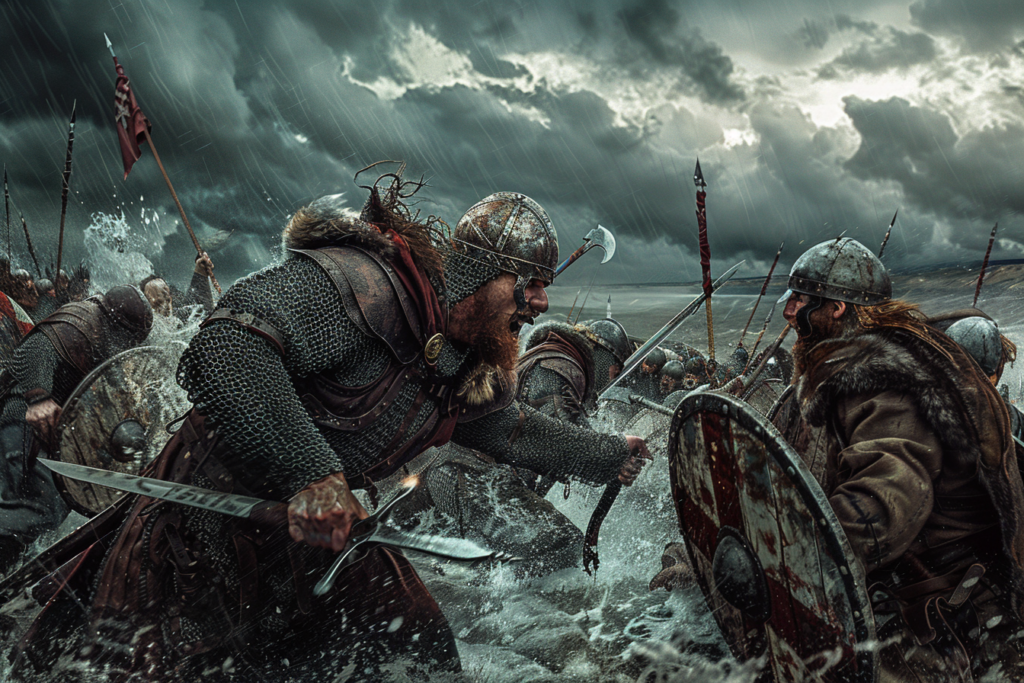
The Battle of Clontarf was a significant event that took place on Good Friday, April 23, 1014, near Dublin, Ireland. It was a historic conflict between the forces of Brian Boru, the High King of Ireland, and a coalition of Norse-Gaelic and Viking armies.
Key Figures and Forces
The two main forces involved in the battle were the Irish army led by King Brian Boru and the Viking army led by Brodir, a Viking from the Isle of Man, and Máel Mórda mac Murchada, the King of Leinster. The Irish army consisted of soldiers from all over Ireland, including those from Tara, while the Viking army was made up of warriors from Dublin, the Isle of Man, and Scotland.
The Clash and Tactics
The battle began early in the morning with both armies facing each other across a narrow strip of land between the Liffey and the sea. The Irish army was positioned on the higher ground, while the Viking army was on the lower ground. The Vikings tried to use their ships to outflank the Irish, but King Brian’s army was able to hold them back.
The battle lasted all day, with both sides suffering heavy casualties. King Brian was killed in the battle, but his army emerged victorious. The Irish army was able to break the Viking lines and drive them back towards Dublin Bay. Brodir, the Viking leader, was captured and executed after the battle.
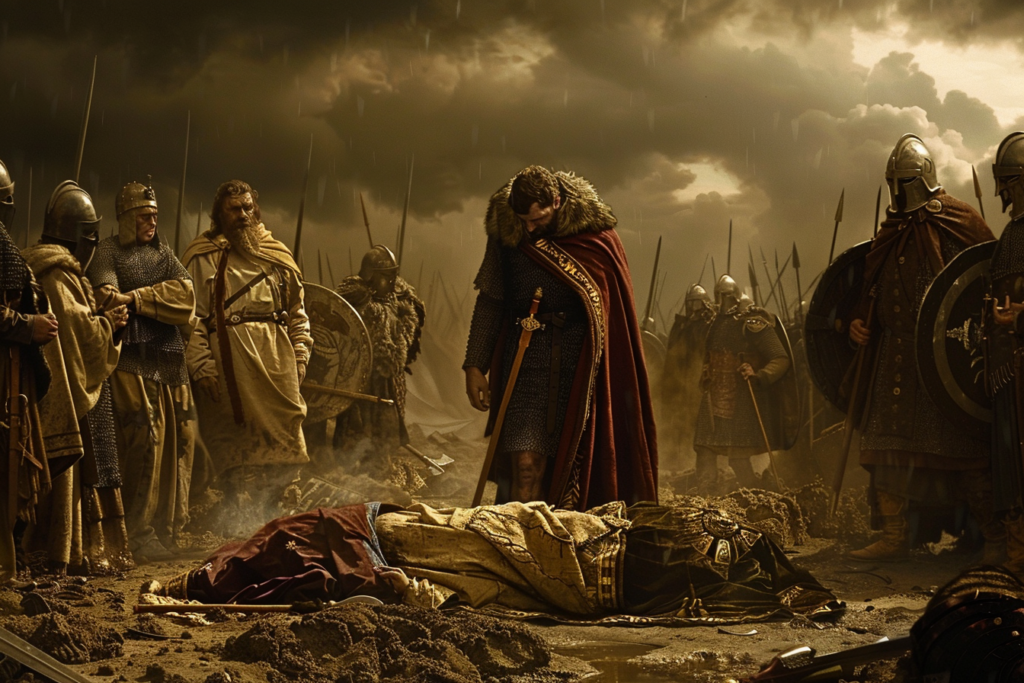
Aftermath and Consequences
The Battle of Clontarf was a significant event in Irish history. Although the Vikings were defeated, they were not driven out of Ireland entirely. However, their power was shattered, and they were never again a significant threat to Irish independence.
King Brian’s death in the battle was a significant loss to the Irish people. He was a strong and effective leader who had brought peace and prosperity to Ireland. His death marked the end of an era of Irish unity and the beginning of a period of political instability.
Cultural and Mythological Impact
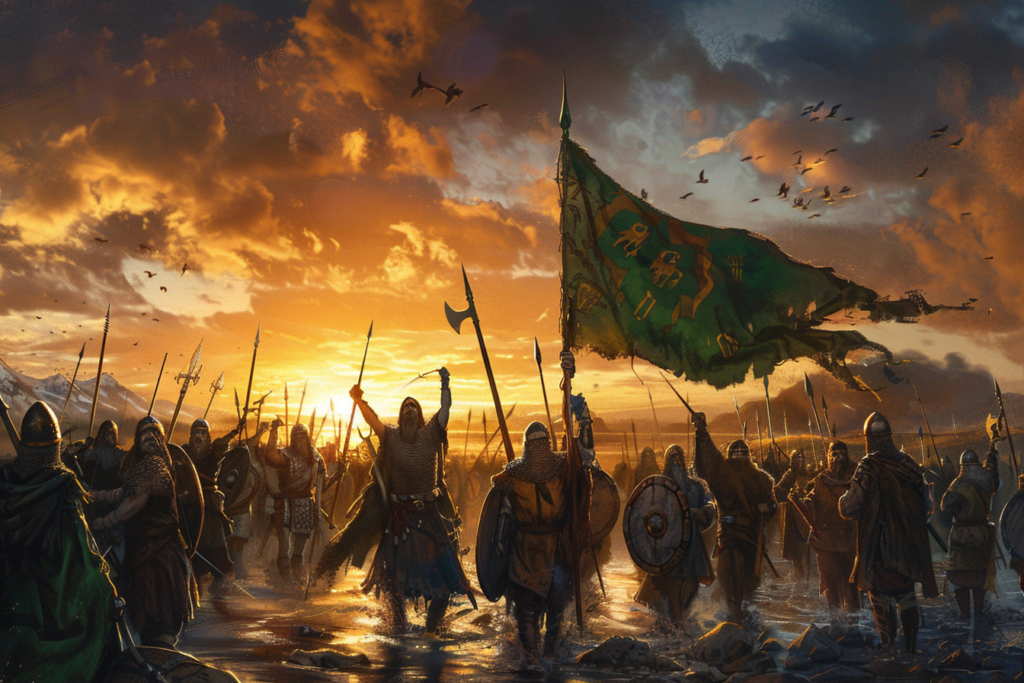
Literature and Legend
The Battle of Clontarf had a significant impact on Irish literature and legend. Brian Boru, the High King of Ireland, became a national hero and a symbol of Irish resistance against foreign invaders. The battle also inspired many historical myths, such as the Glenmama ambush, which supposedly occurred during the battle.
In modern times, the battle has been the subject of many books, poems, and songs. The most famous literary work inspired by the battle is Cogadh Gaedhel re Gallaibh (The War of the Gaedhil with the Gaill), a historical epic that describes the events leading up to the battle and its aftermath.
National Identity and Symbolism
The Battle of Clontarf played a crucial role in shaping Irish national identity and symbolism. The victory over the pagan Vikings was seen as a triumph of good over evil. It also symbolized Christian leadership over pagan tyranny.
The battle also reinforced the idea of Ireland as a separate and distinct nation with its own culture and history.
The battle became a symbol of Irish resistance against foreign invaders. It inspired many political developments in Irish history, such as the 1916 Easter Rising and the Irish War of Independence.
Today, the Battle of Clontarf remains an important part of Irish cultural heritage and a source of national pride.

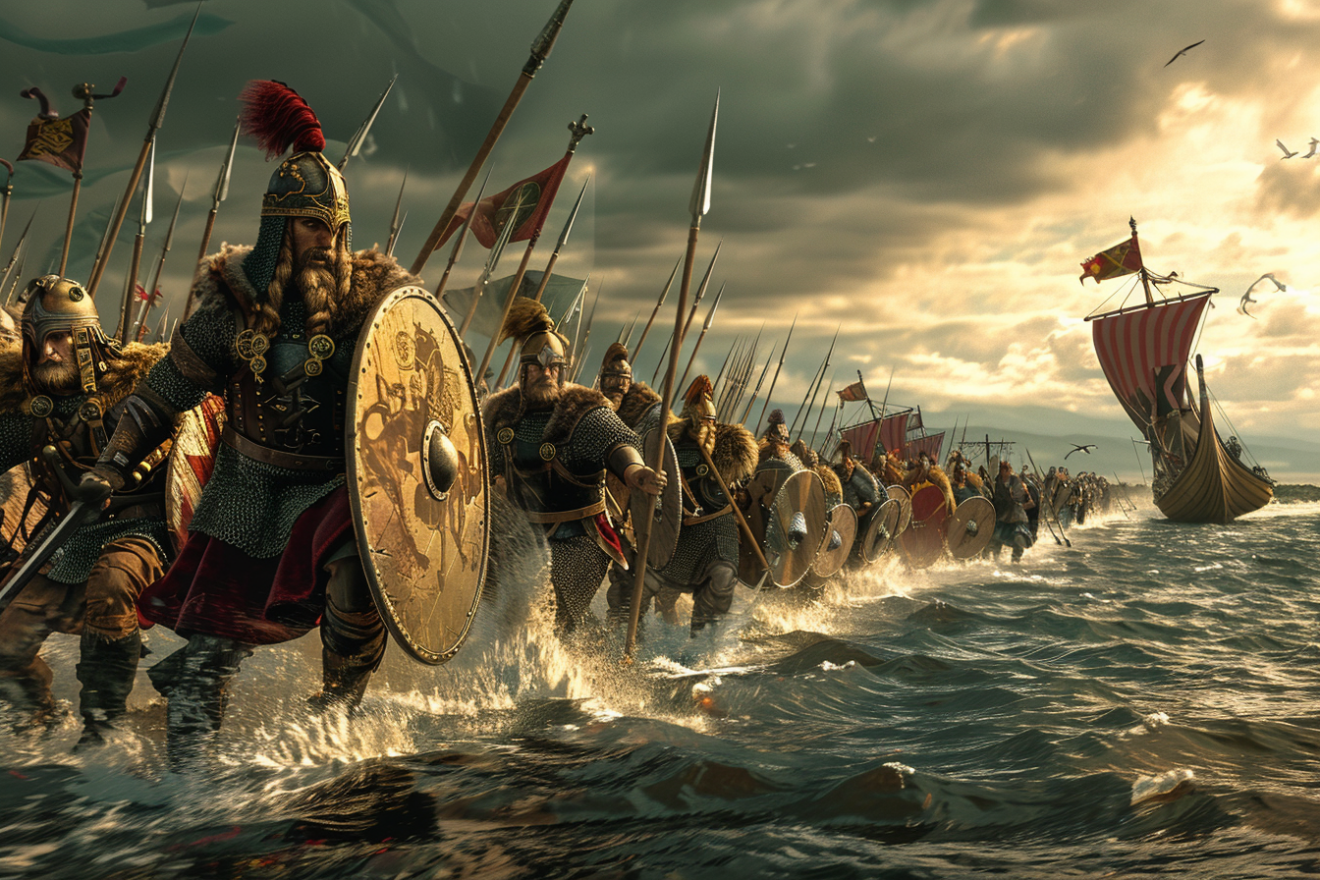
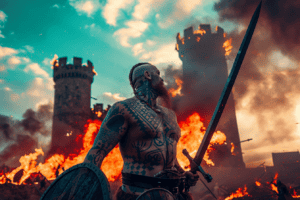
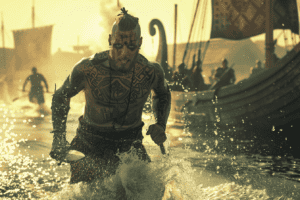






Add Comment